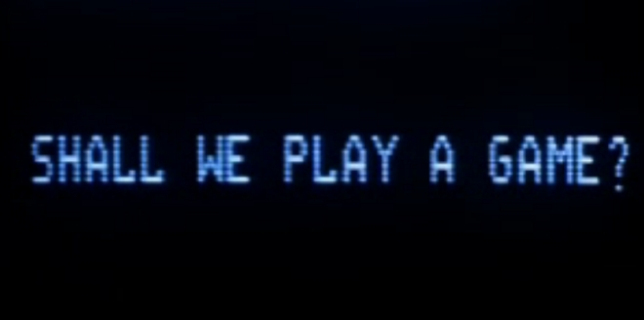By the time I graduated from high school in the spring of 1987, I was beginning to disconnect from popular music. My tastes to that point had always been pretty solidly Top-40, with a general preference toward guitar-based rock sounds, but in the latter half of the ’80s, pop started to move in directions that I didn’t care to go, especially as hip-hop and rap became more mainstream. (Sorry, hip-hop fans, I’ve tried… ) I was evolving, too, of course, and would begin to explore harder rock and more historical stuff when I started college in the fall.
Nevertheless, there were some pop tunes that were still catching my fancy around that time. Listening to them now, I’m struck by how many of them have (to my ear, at least) a similar sound. I’m thinking of three in particular: “(I Just) Died In Your Arms Tonight” by Cutting Crew, “Something So Strong” by Crowded House, and this week’s selection, “Don’t Forget Me (When I’m Gone)” by a Canadian band called Glass Tiger. I can’t put my finger on what exactly I’m hearing in these three tunes that sounds alike to me, or why exactly that sound appealed to me so much when I was 17 years old and more or less coasting on autopilot toward commencement. (Honestly, I was more preoccupied at that point with girls and immediate gratification than with anything to do with my future. Which probably explains a lot when I look at the course my life has taken.) But whatever that X factor was, I did love these tunes, and “Don’t Forget Me” in particular proved to be inspirational, as I remember writing that phrase in a lot of yearbooks.
With my 30-year reunion happening tomorrow — a reunion I somehow, improbably, ended up in charge of — I’ve been thinking about those final weeks of May and June, 1987, and of yearbooks and fine sunny days in my old 1970 Thunderbird, and of course the girl with whom I was besotted at the time. And naturally this silly song is playing in the background of all my reminiscences.
Glass Tiger formed in 1983 and lasted ten years before “going on hiatus,” as Wikipedia kindly describes it. In that time, they produced a number of singles that were hits north of the border, but only two of their songs made a splash in the U.S.: “Someday” and “Don’t Forget Me (When I’m Gone),” both from a 1986 album called The Thin Red Line. Of the two, “Don’t Forget Me” was the bigger success, reaching number 2 on the Billboard Hot 100 in October of ’86. I suspect a factor in its success was a backing vocal by Bryan Adams, who was still riding the popularity wave generated by his smash 1984 album Reckless and the subsequent world tour. You can hear his unmistakable voice chime in roughly two-thirds through “Don’t Forget Me.”
Interestingly, Glass Tiger shot two videos for this song; off the top of my head, I can’t think of any other bands that did that, unless it was an alternate live performance clip or something. The first video was made for the Canadian market, and I hope my Canadian friends will forgive me for saying there’s a good reason why it wasn’t more widely distributed. I usually shy away from describing any piece of vintage media as “cheesy,” but in this case there’s just no other word that quite describes it. The whole thing, with kids in day-Glo ’80s-wear pretending to play instruments and the members of Glass Tiger mugging their way through a faux wedding, plays like a fantasy sequence from an episode of Full House. All it needs is a guest appearance from John Stamos and the Olson Twins. (If morbid curiosity compels you, here’s a link to the Canadian version.)
The second video, the one made for international markets, can probably also be described as cheesy, considering it’s pretty much a grab-bag of ’80s music-video cliches. You’ve got mullet hair-dos, big shades, acid-washed jeans, baggy sport coats, one guy in a bolo tie and another in a quasi-military-style jacket, and of course the obligatory pinback button in the lead singer’s lapel. But believe it or not, this stuff was cool back in ’87. Yes, kids, it’s true… this really is how we dressed, or at least wanted to dress. The strangest thing about this clip is that Bryan Adams is nothing more than a disembodied voice; at least in the Canadian Full House pastiche, there was a kid (dressed in Adams’ then-tradmark denim) lip-syncing his part.
Glass Tiger reformed in 2003 and still plays occasional live gigs throughout Canada. And tomorrow afternoon, I’m going to see if writing this song’s title in everybody’s yearbook actually did the trick at keeping me in my classmates’ memories…




